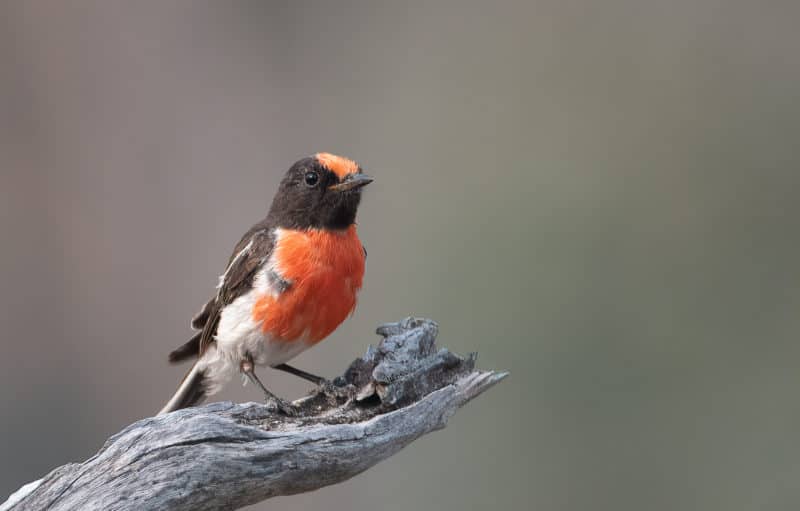MEDIA RELEASE 18 February 2020 |
This week the Andrews Government is due to respond in Parliament to a major report to protect significant areas of Victoria’s central west forests in new national parks and reserves – which could create an ‘insurance policy’ for the threatened Greater Glider.
The Wombat Forest, near Daylesford, is a vital refuge for the Greater Glider, Australia’s largest flying mammal (growing to one metre long). A new report suggests that a new national park here would secure long-term protection for this species that is in decline across the state.
At least a quarter of Greater Glider habitat has been impacted by the unprecedented fires in the east of Victoria.
The Wombat Forest is one of the forests in the west of Victoria that has been recommended to be protected in the national parks system.
“The Wombat Forest is a vital refuge for the Greater Glider, and protecting this essential habitat is an ‘insurance policy’ to protect this threatened species from extinction – but only if moves are made to create these much-needed new parks,” said Matt Ruchel, Executive Director of the Victorian National Parks Association.
“After the tragedy and destruction of the bushfires, protecting the forests of the west would be a glimmer of light for the Andrews Government but also for the Victorian community and wildlife who depend on them.”
A new report Wombat Forest, A Greater Refuge for Gliders released by the Victorian National Parks Association and local community group Wombat Forestcare shows the numbers of Greater Gliders (sightings collected by citizen scientists) within the Wombat Forest to be as high as areas in East Gippsland and the Strathbogie forests.
High numbers of the species in East Gippsland and the Strathbogie forests lead to those areas being recognised for protection as part of the Andrews Government’s “Immediate Protection Areas” plan to protect the Greater Glider and other threatened forest-dependent species in November 2019. 80% of these areas in East Gippsland have now been burnt and damaged by fires.
Wombat Forest has the western-most population of Greater Gliders in Victoria, and their relative isolation means they could be safer in the context of landscape-scale fires.
“On the back of already declining Greater Glider populations, more than 80% of the areas set aside for their “immediate protection” in East Gippsland are now burnt or severely impacted by the fires,” Mr Ruchel said.
“Unburnt habitat like in Wombat Forest is more important than ever.”
“We owe it to the Greater Gliders and the almost 400 threatened species that reside in the forest and woodlands of the state’s central west to have permanent protection in parks.”
The proposed new parks were the final recommendation of the Victorian Environmental Assessment Council (VEAC) Central West Investigation based on a two-year independent assessment and thorough community consultation.
VEAC recommended almost 60,000 hectares of new national parks and conservation reserves in Victoria’s central west including the Wombat Forest (near Daylesford), Wellsford Forest (near Bendigo), Pyrenees Ranges Forest (near Avoca), and Mount Cole Forest (near Beaufort) as well as many smaller forest areas.
A response from the Andrews Government is required under legislation and expected this week in Parliament.
“After a decade long campaign by community groups and two-year assessment and consultation, the decision to create these new protected areas is due. An expanded network of regional parks and reserves will be a great legacy for the Andrews Government, and the first major new parks in over a decade for our state,” Mr Ruchel said.
Notes:
Under legislation, the Victorian Government is required to formally respond to the Victorian Environmental Assessment Council Final Report, on the first sitting day six months after being tabled in Parliament. The VEAC report was tabled on the 15 August 2019. Details at www.veac.vic.gov.au
View and download the Wombat Forest, A Greater Refuge for Gliders report here.
Photos of Greater Gliders, Wombat Forest and other forest areas in the central west available here.
